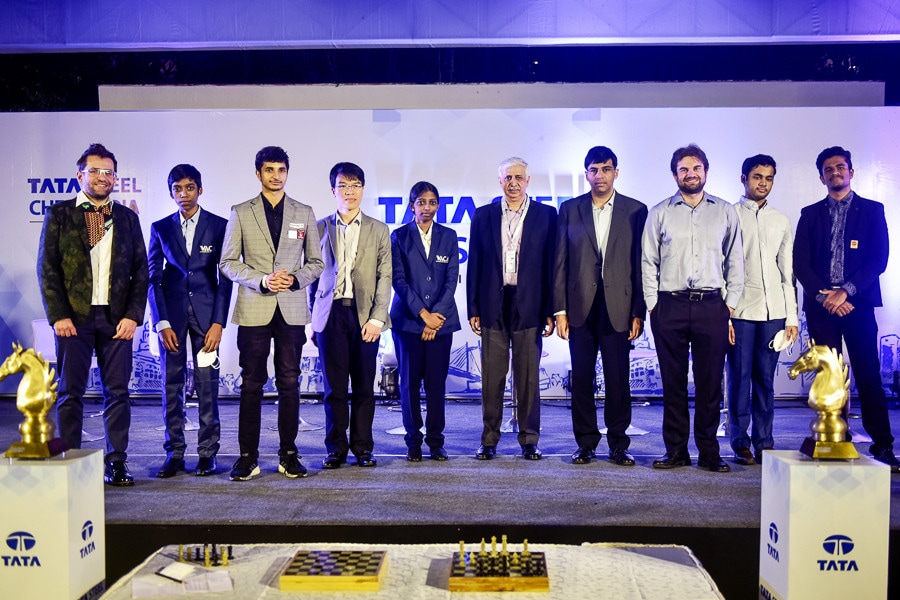
Smells Like Teen Spirit: Indian chess's changing of the guard
Four Indians made it to the quarterfinals of the Fide World Cup, three of them below 20. And none of them Viswanathan Anand
 A teen Super GM who's just getting started, Rameshbabu Praggnanandhaa, dreams of becoming world champion. Image: Dean Mouhtaropoulos/Getty Images
A teen Super GM who's just getting started, Rameshbabu Praggnanandhaa, dreams of becoming world champion. Image: Dean Mouhtaropoulos/Getty Images
It’s been a montage of passing-the-baton moments in Indian chess compressed into a fortnight’s play at the Fide World Cup.
It began with Gukesh surpassing five-time world champion Viswanathan Anand in the live ratings to become India’s No 1 chess player. By the quarterfinals, we were looking at Indians taking up 50 percent of the playing field, the highest-ever number from the country to make it that far. Three of them below 20 years of age. The fourth Indian was Vidit Gujrathi, who made his second successive World Cup quarterfinal. Only one, 18-year-old R Praggnanandhaa found a place in the last four and next year’s Candidates tournament—the eight-player final qualifier for the World Championship. The first time that someone from India not named Anand has done either.
It’s a lot to process in two weeks. India chess may have turned a fresh chapter. To be fair, though, none of it is unexpected or inexplicable. It’s been in the making for a while now, waiting to burst forth.
In 2016, Praggnanandhaa became the youngest International Master in history at 10 years, 10 months and 19 days and then the second-youngest Grandmaster in 2018. A year later, fellow Indian D Gukesh surpassed him, missing the youngest-ever GM record by just 17 days. The beginnings of a race to the top between two precocious Indian prodigies.
If Praggnanandhaa marked himself out with three wins in a row over world No 1 Magnus Carlsen in rapid and blitz last year, Gukesh’s aptitude and strength in classical chess shone at the Olympiad with an impeccable 8/8 wins. Since 2018, India has had 29 new Grandmasters, taking the total count to 83.








